Modular buildings are a broad class of prefabricated buildings. Modular buildings are made up of movable sections known as modules and other factory-made components. Unlike traditionally constructed buildings, modular buildings, also known as prefab buildings, prefabricated buildings, or pre-engineered buildings, can move from concept to constructed structures in a matter of weeks. Read More…
As a modular building manufacturer, including inplant modular offices, exterior steel buildings, guard buildings, fork liftable and crane liftable buildings, multi-level buildings and mezzanines, Abtech offers turnkey installations or packages for install by end user. Our modular structures are constructed of steel, are free-standing & manufactured under strict quality control methods.
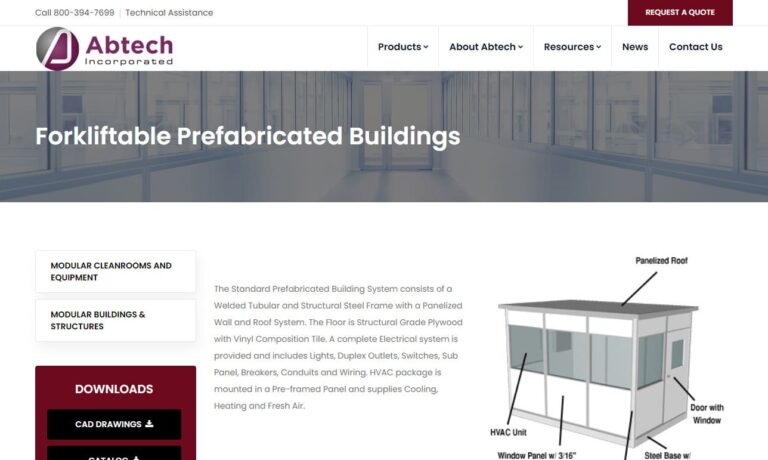
We offer a wide variety of affordable modular buildings for your convenience. Our engineers are determined to bring you a product with a great value and exceptional customer service. We have been around since 1954 providing portable buildings that are made out of steel.
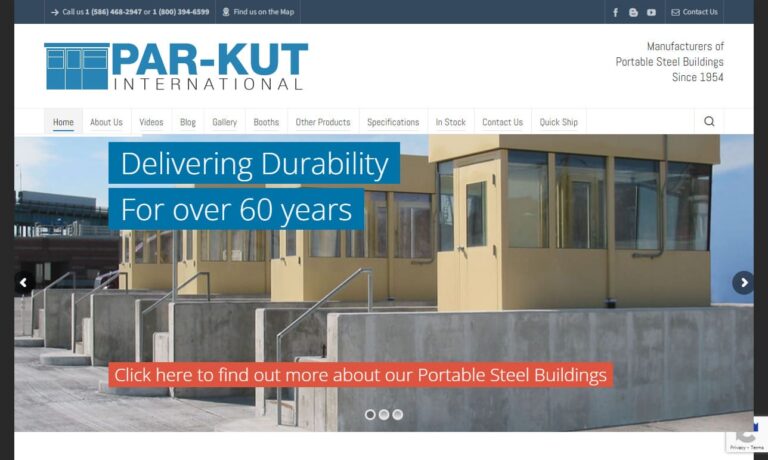
Our booths and partitions are available in solid surface, stainless steel, solid plastic, solid phenolic, high pressure laminate, and metal powder coated. Our washroom accessories also include combo towel waste units, paper towel dispensers, waste receptacles, soap dispensers, mirrors, warm air hand dryers, toilet tissue dispensers, toilet seat cover dispensers, grab bars, bathroom accessories,...
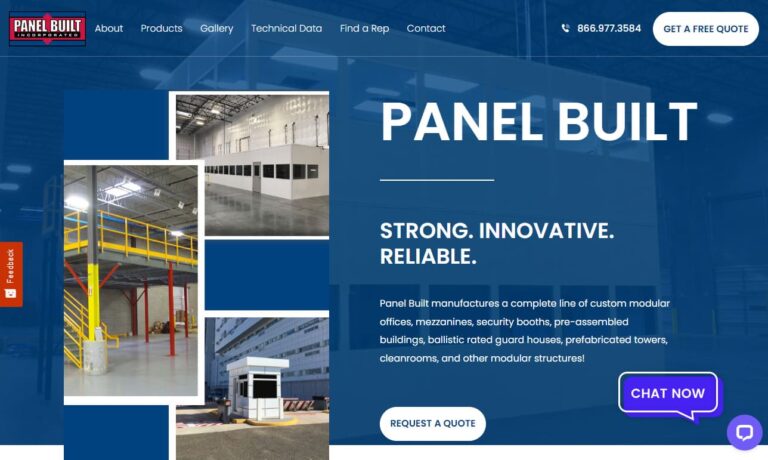
Morgan Buildings can meet just about any modular building need. For over 60 years and 3 generations Morgan has been a pioneer and leader in modular design and construction. As a fully integrated family-operated company we design, build, transport and install modular buildings around the country and the world. From guard houses to 2-story housing complexes and everything in between we have the...
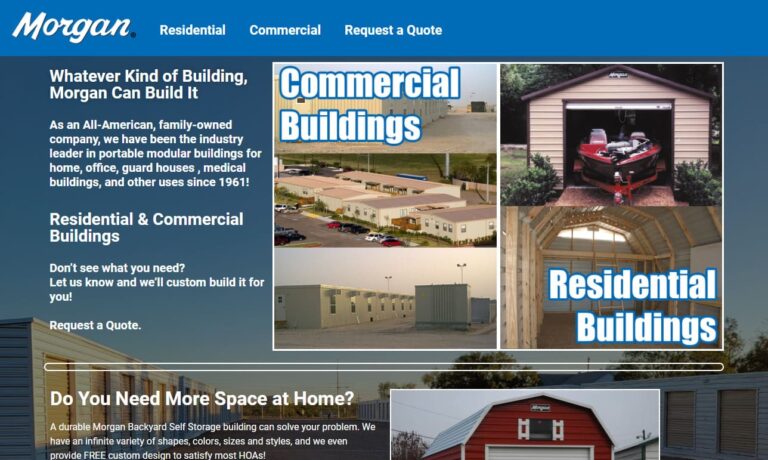
At Boxx Modular, we specialize in delivering innovative modular building solutions tailored to meet the diverse needs of our clients. With years of experience in the industry, we've established ourselves as pioneers in the field, continuously pushing the boundaries of what's possible with modular construction. Our extensive range of products encompasses a wide variety of modular buildings,...
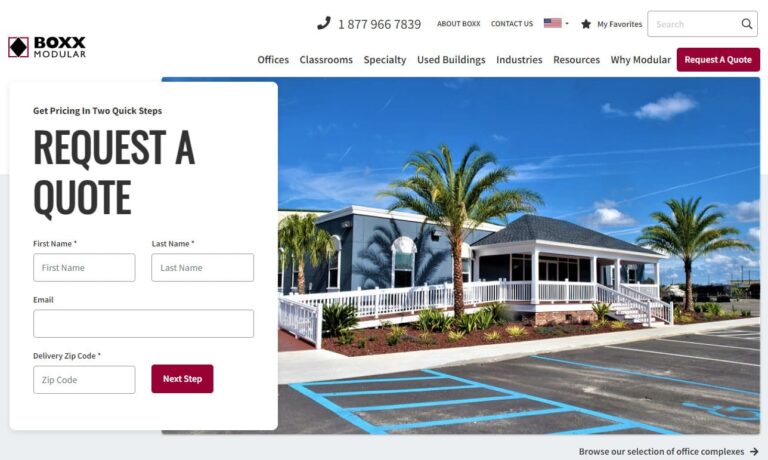
If you are in need of a modular building then you have come to the right place. Customer satisfaction is paramount to our company and we take extra steps to make your experience with us a positive one. We are recognized as a business leader and our success is based off your success. Contact us today for your next project and let us add you to our list of satisfied customers.
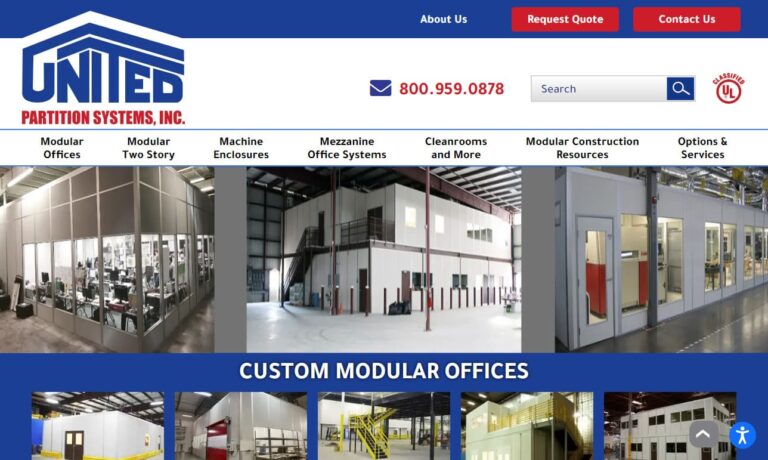
More Modular Building Manufacturers
Applications
Modular buildings offer a cost-effective and efficient solution for those in need of permanent, long-term, or temporary facilities. Prefabricated structures can stand alone as complete buildings or serve as extensions or partitions of existing permanent structures, a common practice in manufacturing facilities and industrial warehouses.
These versatile modular building systems can be used to create a wide range of facilities, including military barracks, booths, disaster relief housing, temporary medical treatment facilities, schools, libraries, universities, gyms, storage buildings, construction site offices, modular offices, and churches. Additionally, they can also serve as permanent homes.
History
Modular buildings are a relatively recent innovation in the construction industry. Although they were sporadically produced in the mid-1800s, modular construction gained significant traction in the 20th century. American builders began constructing modular homes in the early 1900s, notably when the Sears Roebuck Company launched its “build-a-home kits” in 1908. These kits targeted Americans moving westward, a migration trend that continued even after the Gold Rush. Sears offered 44 different modular home styles, priced between $700 and $4000. Instead of constructing the houses themselves, Sears provided all necessary building materials and detailed instructions. Despite the significant effort required, these kits were highly popular, with Sears selling over 75,000 homes between 1908 and 1940.
During World War II, the British government utilized simple modular structures as temporary shelters for citizens displaced by the German Luftwaffe bombings, known as The Blitz or The London Blitz.
After World War II, the demand for modular homes surged as American soldiers returned and middle-class families sought quick, affordable housing. Modular homes provided a rapid and cost-effective solution for young couples starting families. By the late 1950s, American modular construction companies began producing other modular structures, including schools, small business offices, and clinics. These structures were particularly beneficial for rural or low-income communities, offering a cost-effective means to serve the community or expand businesses.
Interest in modular buildings extended beyond cost-conscious consumers. Influential architects like Frank Lloyd Wright recognized and promoted modular construction as the future of architecture.
Modular homes in the 1950s were relatively modest in size. However, as middle-class Americans began seeking larger homes, manufacturers responded with larger modular designs. By the 1980s, they also started offering customization options.
In the 1990s, manufacturers began assembling modular buildings on-site using overhead cranes and other advanced machinery. Today, modular construction is widespread and popular. Modern technology, such as 3D printing and CNC machines, allows for more efficient, precise, and intricate module creation. Looking ahead, modular construction is expected to become even more practical, efficient, and sophisticated.
Design
Production Process
Manufacturers create the modules, or individual sections, of a modular building in a factory, often using assembly lines. In the factory, they assemble between 60% and 90% of the building before sending it to be finished on-site.
Building Materials
Modular building manufacturers use a wide range of materials, not limited to industrial ones. Examples include steel, stainless steel, wood, polyvinyl chloride (PVC), and aluminum. Steel and stainless steel are strong and easily accessible, making them popular choices. Other materials have their own advantages; for instance, PVC is highly resistant to chemicals, including salts.
In addition to these, manufacturers can also incorporate materials commonly used in traditional construction, such as brick for exteriors or granite for countertops. Contrary to popular belief, modular buildings can be as aesthetically pleasing and high-quality as conventional buildings.
Considerations and Customizations
When designing a prefab building, manufacturers consider all your requirements, including aesthetics, weather resistance, number of rooms, and more. They can design multi-story buildings or equip your building with all necessary wiring for an office. Modular buildings come with standard features expected in traditional buildings, such as windows, walls, trim, plumbing, electricity, HVAC systems, insulation, and lighting.
Manufacturers usually start with a standard design plan and then customize it to meet your specific needs. Customization options often include wall thickness, floor plan, ceiling height, building size, building materials, and room partitioning.
Types
Portable buildings, also known as mobile modular buildings, are modular structures designed to be easily relocated. Customers typically choose these buildings for temporary solutions, such as an office for a construction site manager. Once their use is complete, these buildings can be disassembled and reassembled in a different location.
Permanent modular buildings are constructed using permanent modular construction techniques. These structures are made with the same materials and adhere to the same quality standards as traditional buildings.
Commercial modular buildings are commercial structures like offices, conference rooms, and libraries, constructed using modular techniques. They must comply with local and industry codes and are typically built with a concrete foundation.
Modular homes are a type of permanent modular building and should not be confused with mobile homes or trailers, which are constructed using different methods, standards, and materials.
Modular additions refer to extensions or additional rooms that can be added to a house or other building. While manufacturers prefer to add these to existing modular buildings, it is sometimes possible to integrate modular components into traditional buildings. A common example of modular additions is partitions in classrooms. To explore your options, it is best to consult with a modular manufacturer.
Advantages
Modular buildings provide numerous benefits to their users. Firstly, the efficient methods used by modular building manufacturers significantly speed up construction and assembly times. Additionally, because modular buildings are produced in strictly controlled environments, customers can rely on high-quality standards, and manufacturers can often offer firm time guarantees. With a wide range of standard and stock pieces and designs, manufacturers experience fewer labor shortages, supply shortages, and delays.
Another major advantage of prefabricated buildings is their environmental friendliness. They generate significantly less waste than traditional construction methods and require less energy during assembly. Furthermore, modular buildings offer cost reductions, faster returns on investment, flexible design options, changeability, and portability.
Accessories
Modular construction manufacturers can enhance your modular solution with a variety of accessories. These include roof vents, partition walls, plumbing, heating and cooling systems, lighting, storm windows, electrical outlets, and more.
Installation
After partially or fully assembling building modules off-site, manufacturers deliver them via flatbed trucks. On-site, builders use cranes to lift the prefabricated modules and place them on the building’s foundation. These modules can be stacked, placed end-to-end, or arranged side-by-side.
Even if prefab buildings arrive in a specific arrangement or design, builders can rearrange or relocate them as needed.
Some modular buildings are secured to the ground using cables or straps combined with split bolts or turnbuckles. Manufacturers may also offer all-bolted steel floors. These are just a few options available to prefab customers. For more details, contact a manufacturer today.
Standards
Modular buildings adhere to the same building codes and system requirements as traditionally built structures. This includes regulations from the ADA (Americans with Disabilities Act), the FDA (Food and Drug Administration), and all relevant zoning and fire safety regulations. For more information on the standards your modular building must meet, consult your industry leaders and local zoning authorities.
Things to Consider
Before ordering a modular building, there are a few steps you should take to ensure a smooth process. First, research zoning restrictions, construction permits, construction standards, and similar regulations. Typically, cities enforce state or local codes for building construction. Second, familiarize yourself with any industry standards that your prefab building must meet. Write down these details, along with any other specifications you have.
Once you have documented all your specifications, questions, and concerns, you can start searching for the right manufacturer. To help you with this, we have provided a list of some of the best modular building manufacturers, complete with their contact information. Scroll up to find their profiles sandwiched between the paragraphs. As you review them, use your specifications list as a guide. Choose three or four companies you would like to contact.
When you reach a customer service representative, use your list as a conversational guide. Discuss topics such as the materials to be used, whether your modular building needs a foundational structure and its weight support requirements, the kind of weather the building might face, the extent of fortification against harsh conditions and inclement weather, and the type of wiring needed. Additionally, address details like your budget, building codes, and timeline. After speaking with representatives from each company, compare and contrast your conversations to select the best fit for your needs.

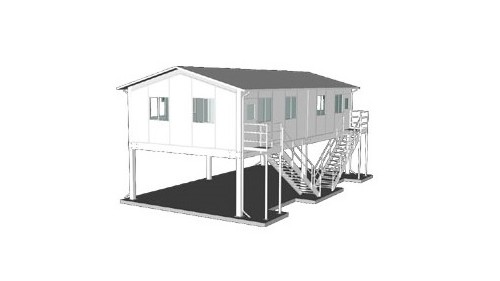
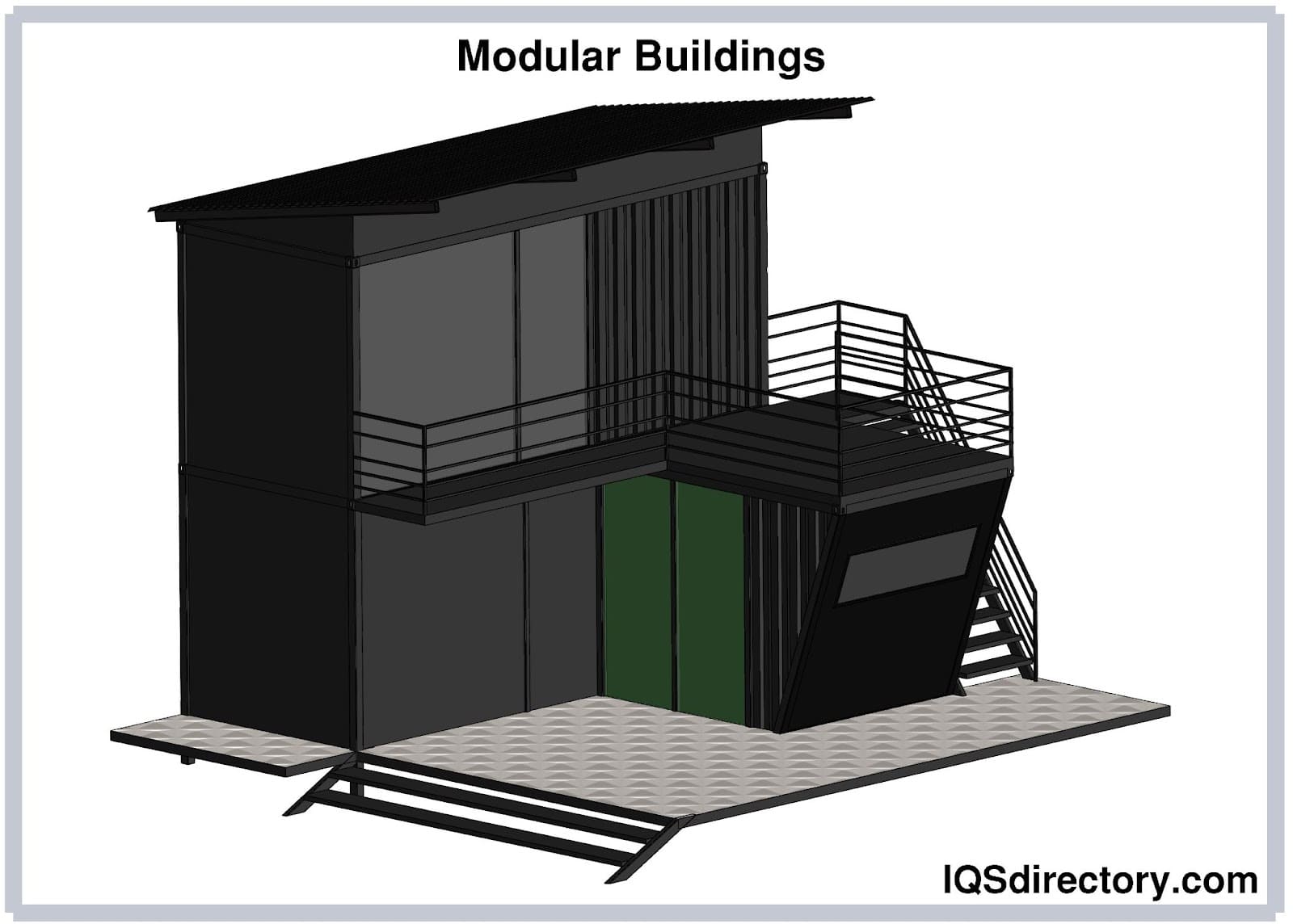
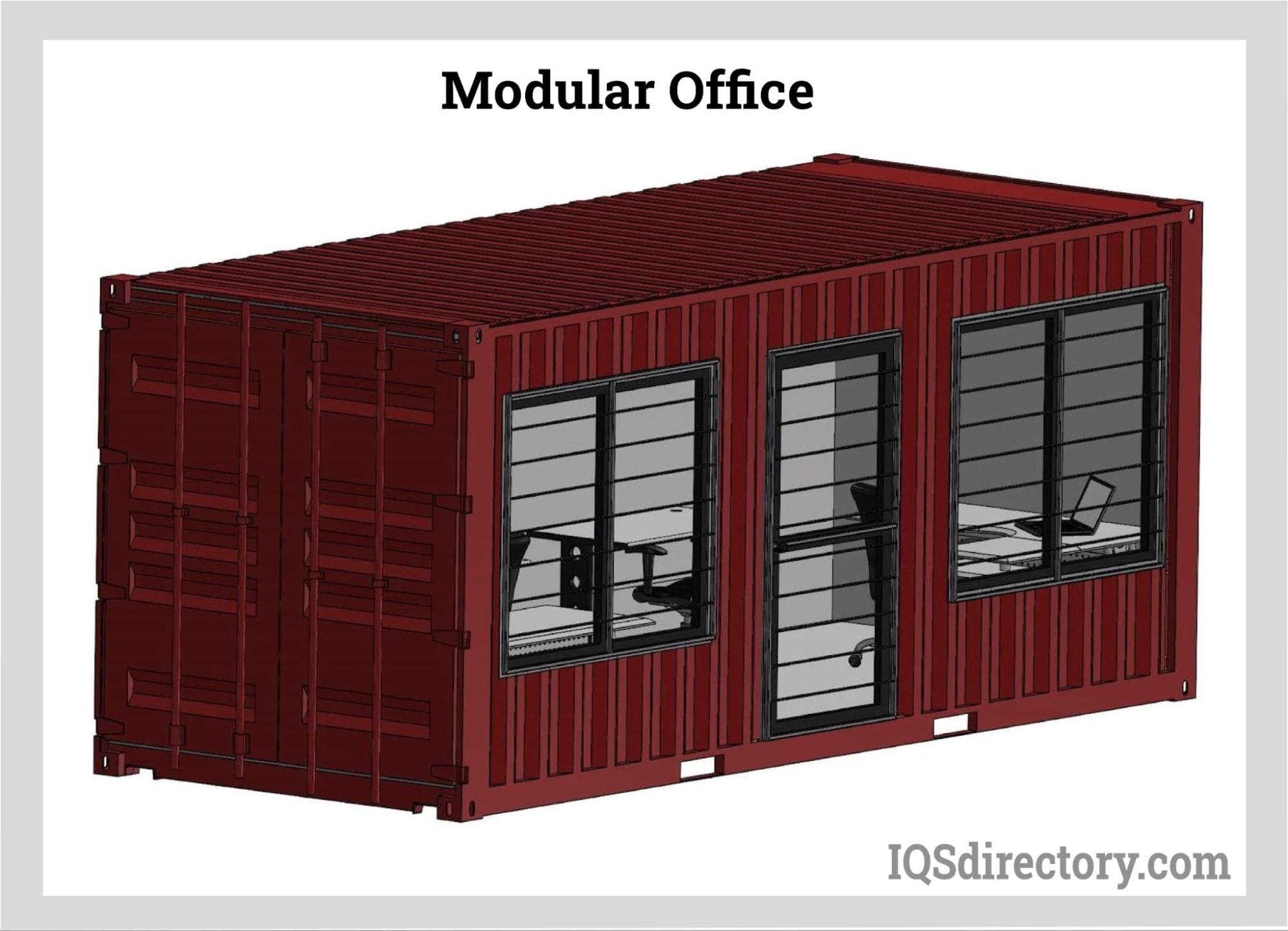
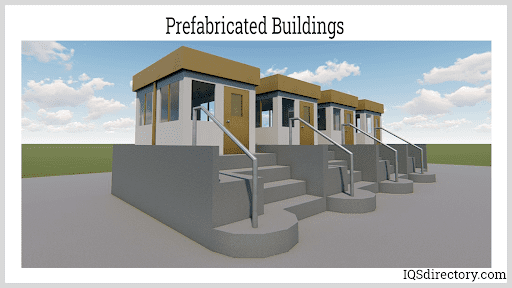
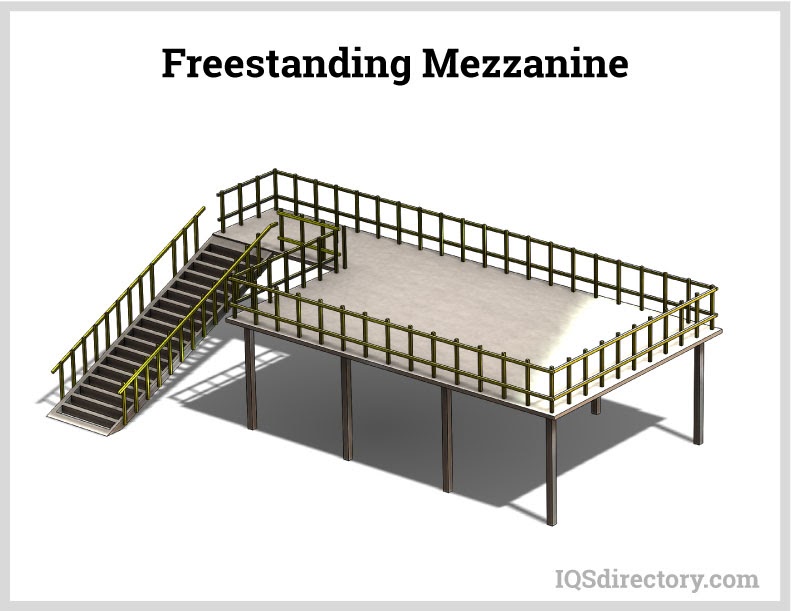
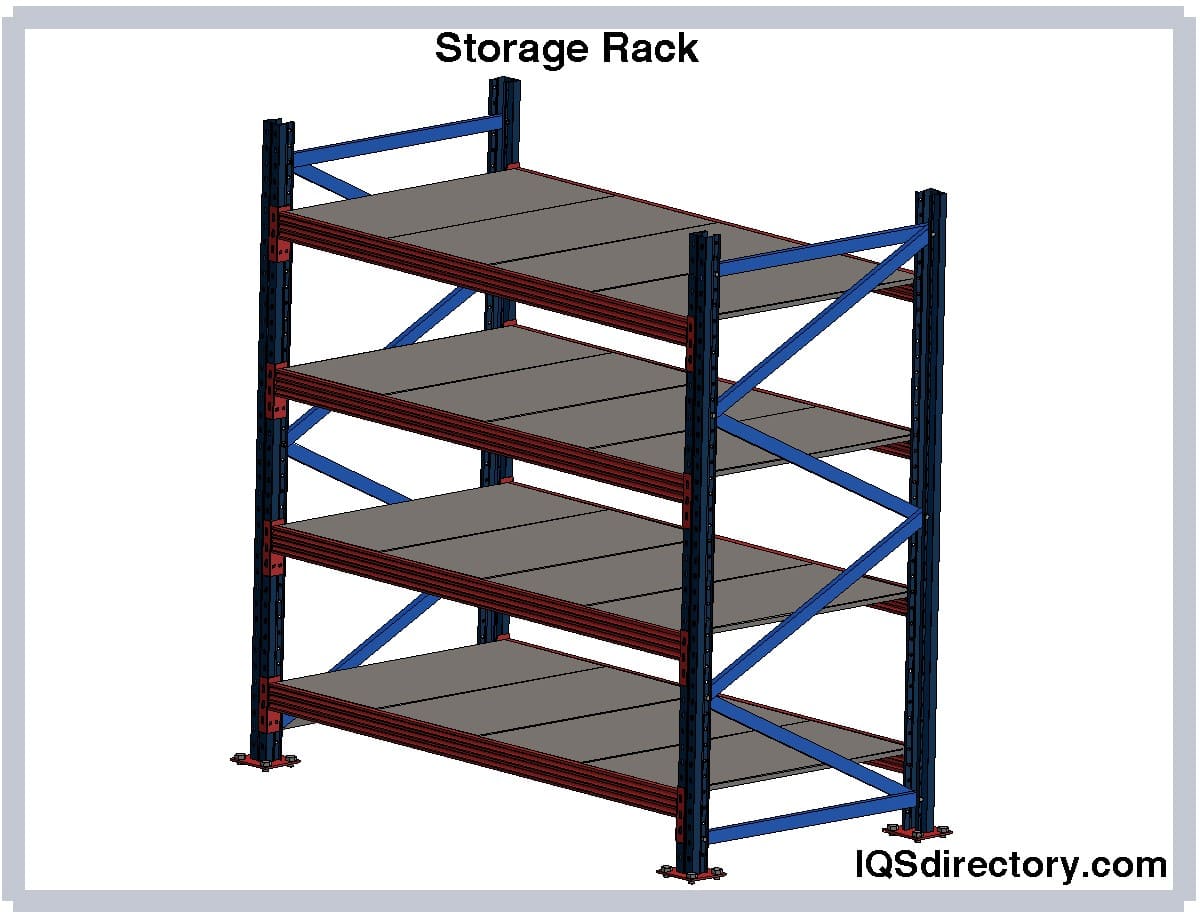
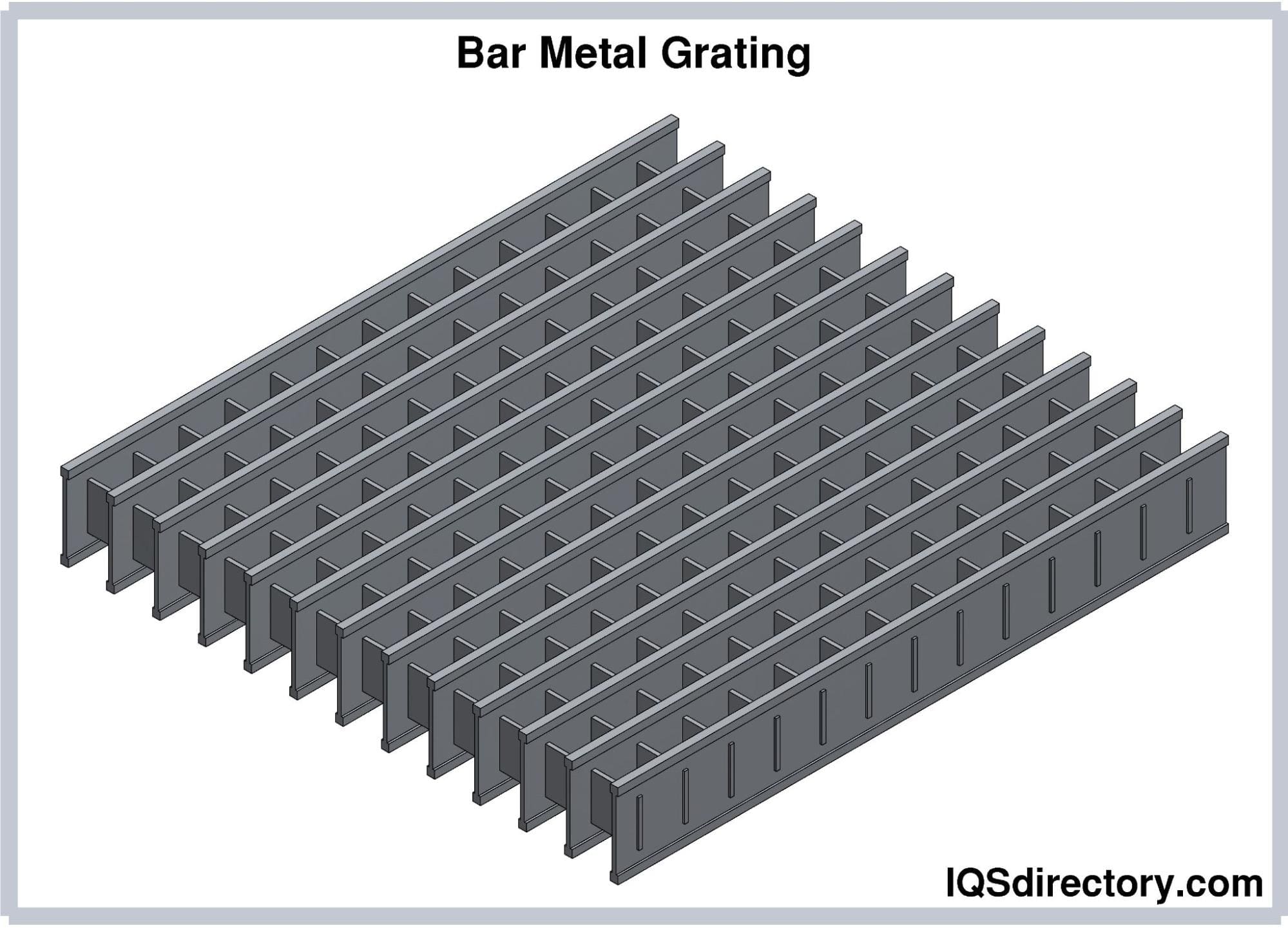
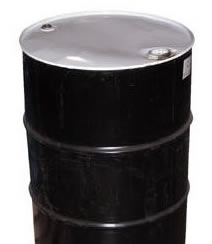 55 Gallon Drums
55 Gallon Drums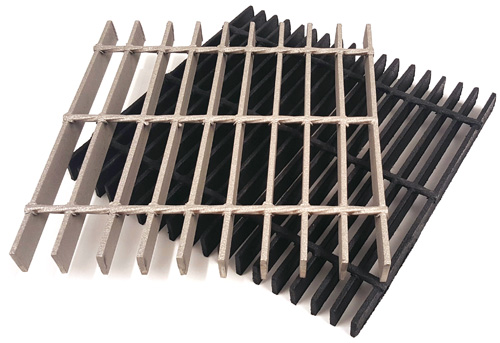 Floor Gratings
Floor Gratings Mezzanines
Mezzanines Modular Buildings
Modular Buildings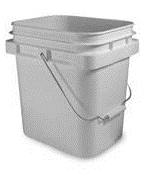 Plastic Containers
Plastic Containers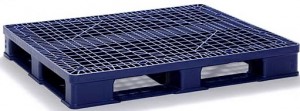 Plastic Pallets
Plastic Pallets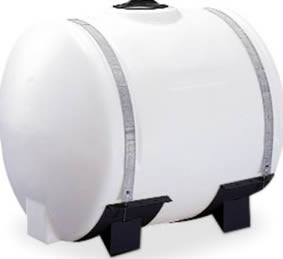 Plastic Tanks
Plastic Tanks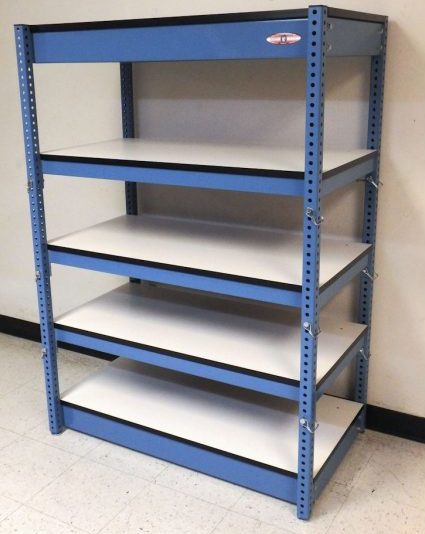 Steel Shelving
Steel Shelving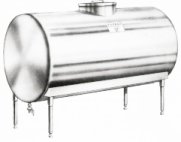 Stainless Steel Tanks
Stainless Steel Tanks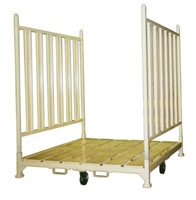 Storage Racks
Storage Racks Work Benches
Work Benches Castings & Forgings
Castings & Forgings Bulk Material Handling
Bulk Material Handling Electrical & Electronic Components
Electrical & Electronic Components Flow Instrumentation
Flow Instrumentation Hardware
Hardware Material Handling Equipment
Material Handling Equipment Metal Cutting Services
Metal Cutting Services Metal Forming Services
Metal Forming Services Metal Suppliers
Metal Suppliers Motion Control Products
Motion Control Products Plant & Facility Equipment
Plant & Facility Equipment Plant & Facility Supplies
Plant & Facility Supplies Plastic Molding Processes
Plastic Molding Processes Pumps & Valves
Pumps & Valves Recycling Equipment
Recycling Equipment Rubber Products & Services
Rubber Products & Services